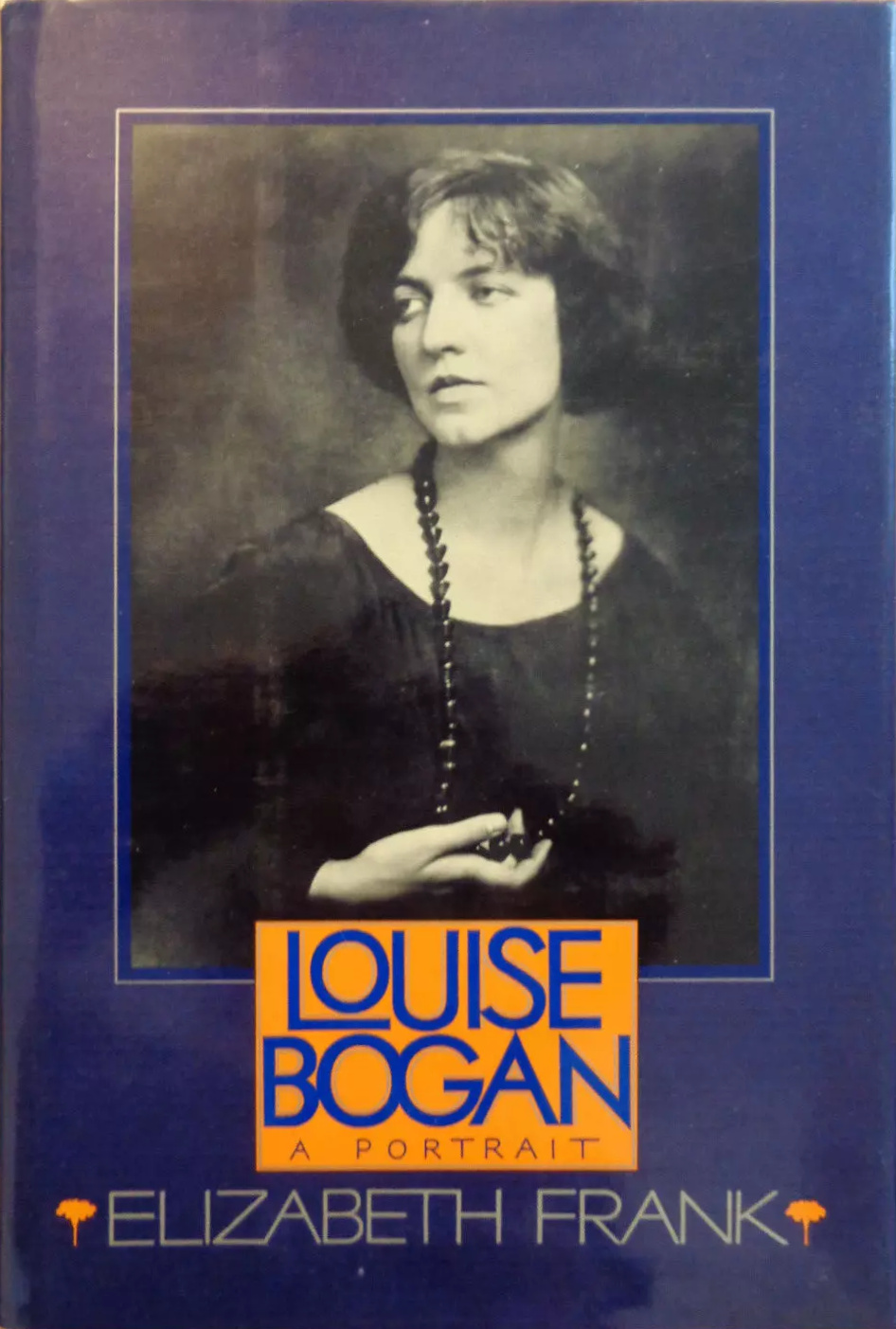Hardcover, 460 pages
English language
Published 1985 by Alfred A. Knopf.

Hardcover, 460 pages
English language
Published 1985 by Alfred A. Knopf.
This moving, beautifully rounded portrait explores the life and art of the celebrated poet and New Yorker critic who was, for more than 30 years, one of the most influential women of letters in America—her work esteemed and loved by Edmund Wilson, W H. Auden, Theodore Roethke, and William Maxwell, who wrote of her, "She was a handsome, direct, impressive, vulnerable woman. In whatever she wrote, the line of truth was exactly superimposed on the line of feeling."
This compelling book, with its remarkably perceptive understanding of Louise Bogan's work, takes us from her tragically wounding childhood—born in 1897 in Liver-more Falls, Maine, she was raised in a succession of hotel rooms, rooming houses, and homes lived in a year or two at most—through her brilliant career and stormy, often hidden, life. From letters, diaries, and the reminiscences of people who knew her, Elizabeth Frank evokes the scenes and flow …
This moving, beautifully rounded portrait explores the life and art of the celebrated poet and New Yorker critic who was, for more than 30 years, one of the most influential women of letters in America—her work esteemed and loved by Edmund Wilson, W H. Auden, Theodore Roethke, and William Maxwell, who wrote of her, "She was a handsome, direct, impressive, vulnerable woman. In whatever she wrote, the line of truth was exactly superimposed on the line of feeling."
This compelling book, with its remarkably perceptive understanding of Louise Bogan's work, takes us from her tragically wounding childhood—born in 1897 in Liver-more Falls, Maine, she was raised in a succession of hotel rooms, rooming houses, and homes lived in a year or two at most—through her brilliant career and stormy, often hidden, life. From letters, diaries, and the reminiscences of people who knew her, Elizabeth Frank evokes the scenes and flow of that life: the auspicious adolescent years at Boston's Girls' Latin School (by the age of eighteen, Louise had accumulated "a thick pile of manuscript, in a drawer in the dining room—and had learned every essential of my trade''); the circumstances and emotions surrounding her impulsive first marriage at nineteen; her early success as a poet, plunged into the literary scene of the 1920s—the circles of Edna St. Vincent Millay and William Carlos Williams; and her anguishing and passionate marriage to Raymond Holden, poet and managing editor of The New Yorker, a marriage riddled with jealousy on her side and duplicity on his. We come to know the child Louise yearning for beauty and balance, worshipping the orderly grace of a house where her family boarded, memorizing delights that would be recorded in her journals years later; "napkins in napkin rings; plants in jardinieres; blankets at the foot of the beds...the scrubbed pine table and the clock on the man-tel-shelf...the washbowls with the big pitchers sitting in them, the lidded soap dish...the rough bristled doormat outside the door... Blessed order! Blessed thrift!"